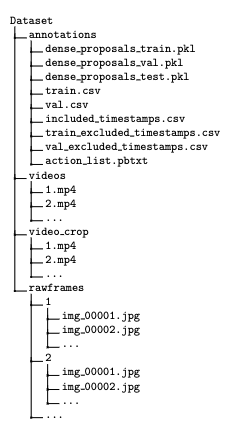在
Swift头文件中,isSeparator:参数接受一个闭包
public func split(maxSplit: Int = default,allowEmptySlices: Bool = default,@noescape isSeparator: (Self.Generator.Element) throws -> Bool) rethrows -> [Self.SubSequence]
但是在documentation中,它以不同的方式列出了闭包语法
{ (parameters) -> return type in
statements
}
你怎么知道(Self.Generator.Element)抛出 – > Bool rethrows是指一个闭包/需要一个闭包?是否还有其他方式,标题/文档可能会将参数列为闭包?
解决方法
赠送这个封闭的“东西”是 – >.完整的类型是
(Self.Generator.Element) throws -> Bool
这意味着闭包采用Self.Generator.Element类型的变量,并且必须在基于输入的某些计算时返回Bool.这样做可能会产生一些错误 – 这就是投掷的目的.
你写的是什么
{ (parameters) -> return type in
statements
}
将是一个实际的实现,一些通用闭包类型的值.
闭包的类型是例如(someInt:Int,someDouble:Double) – >串:
var a : ((someInt:Int,someDouble:Double) -> String)
再一次,赠送a实际上是封闭的东西是 – >在类型声明中.
a = { (integer,floating) -> String in
return "\(integer) \(floating)"
}






